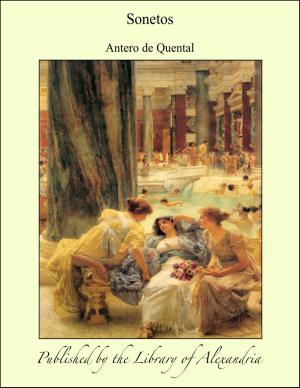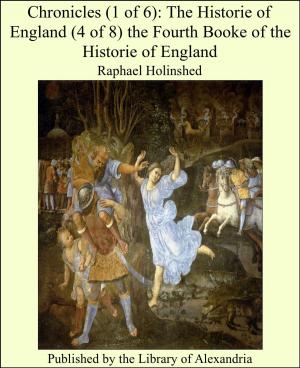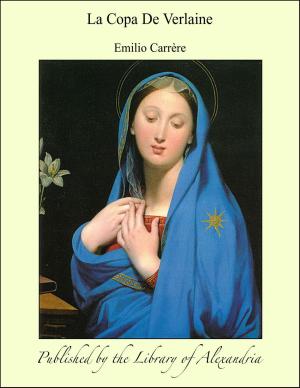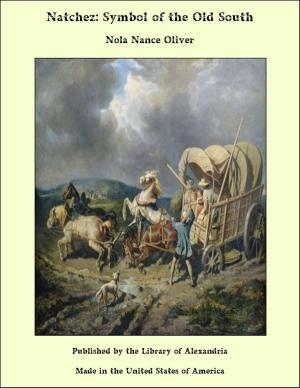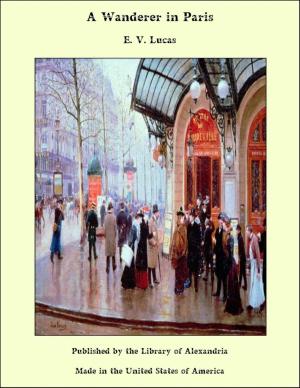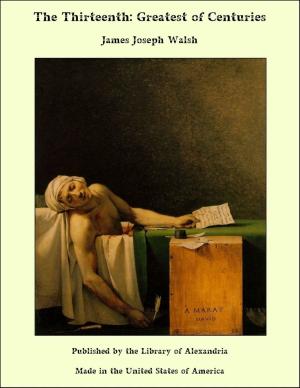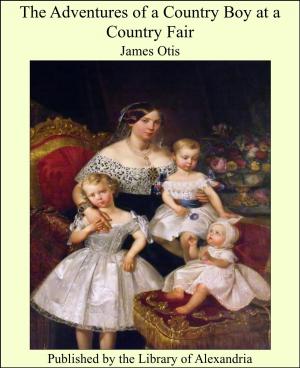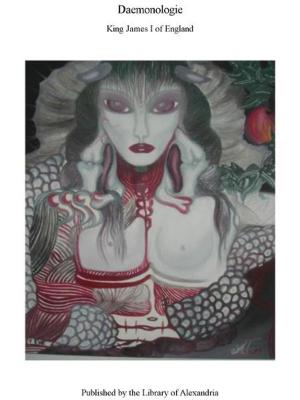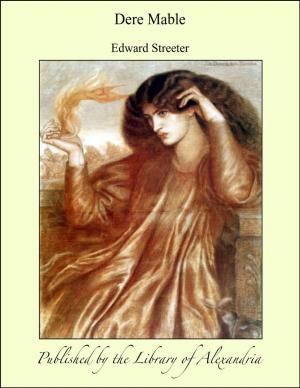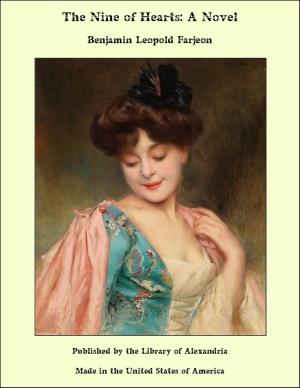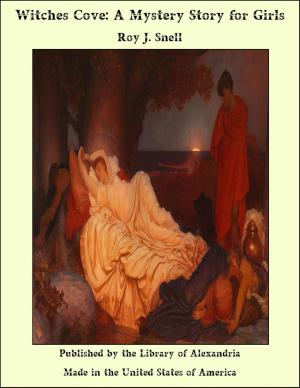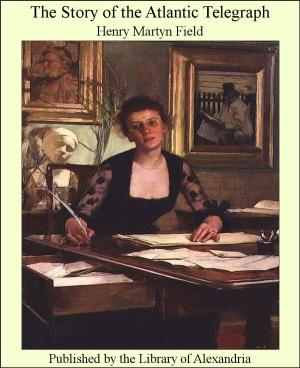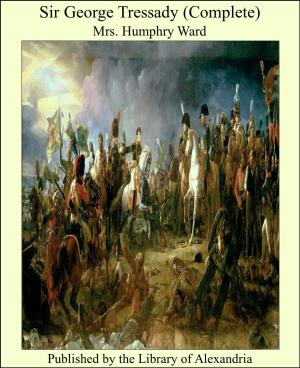Mary Tudor: Queen of France
Nonfiction, Religion & Spirituality, New Age, History, Fiction & Literature| Author: | Mary Croom Brown | ISBN: | 9781465617293 |
| Publisher: | Library of Alexandria | Publication: | March 8, 2015 |
| Imprint: | Language: | English |
| Author: | Mary Croom Brown |
| ISBN: | 9781465617293 |
| Publisher: | Library of Alexandria |
| Publication: | March 8, 2015 |
| Imprint: | |
| Language: | English |
The date of Mary's birth has at last been fixed as the 18th March 1495. The day and the month have hitherto been a matter of uncertain conjecture, and the year has been given as 1496 on the strength of a privy seal of Henry VII. which runs as follows: "de Termino Paschæ anno xi. regis nunc: Anne Skeron nutrici dominæ Mariæ ls. pro quarterio unius anni finiti ad festum Sancti Johannis Baptistsæ ultim.; Johannæ Colyng, Fredeswidæ Puttenham, Marjeriæ Gower, Johannæ Cace, Avisæ Skidmore et Alicæ Bywymble cuilibet earum xxxiijs. iiijd, pro attendenciis suis nutrici ducis Eboracencis et sororum suarum per medium annum ad finem predictum." So that Anne Skeron had only completed three months' service at midsummer when the other nurses and attendants had completed six. Now the xi. year of Henry VII. lies between August 22, 1495, and August 21, 1496, so that this midsummer falls before Easter 1496, the date of the document, for it is "ad festum Sancti Johannis Baptistæ ultim." Hence the quarter's wage then due must have begun in March 1495, not in March 1496 as Mrs Green and, following her, Dr Gairdner argues. That it was 1495 is supported, in a somewhat weak-kneed fashion, by the fact that in the beginning of 1499 Henry refused to give his daughter in marriage to the Duke of Milan because she was only three years old, and by her brother's statement in his letter to Leo X. announcing the repudiation of the Castilian marriage contract in 1514, that she was married in December 1508 at the age of about thirteen (cum vix annum tertium decimum attigisset). Henry VII.'s love of accuracy makes his statement that Mary was three years old and not four at the beginning of 1499 worth having, and, as Dr Gairdner says, his son had no reason to deceive the Pope in 1514. His sister had then been safely married to an old man, and there was no necessity to keep up a fiction about her age. But evidence of unassailable authority is to be found in the Calendar prefixed to Queen Elizabeth of York's Psalter in the Library of Exeter College, Oxford, where the date of Mary's birth is given as 18th March 1495. The only question which now arises is, Did the writer who inserted the dates for the Queen in the Calendar use the January or the March year? But remembering the date of the privy seal already quoted, and the fact that the new fashion of reckoning the year as beginning in January was already in use in private documents, it is only reasonable to conclude that the writer, whoever he may have been, had adopted the modern calendar.
The date of Mary's birth has at last been fixed as the 18th March 1495. The day and the month have hitherto been a matter of uncertain conjecture, and the year has been given as 1496 on the strength of a privy seal of Henry VII. which runs as follows: "de Termino Paschæ anno xi. regis nunc: Anne Skeron nutrici dominæ Mariæ ls. pro quarterio unius anni finiti ad festum Sancti Johannis Baptistsæ ultim.; Johannæ Colyng, Fredeswidæ Puttenham, Marjeriæ Gower, Johannæ Cace, Avisæ Skidmore et Alicæ Bywymble cuilibet earum xxxiijs. iiijd, pro attendenciis suis nutrici ducis Eboracencis et sororum suarum per medium annum ad finem predictum." So that Anne Skeron had only completed three months' service at midsummer when the other nurses and attendants had completed six. Now the xi. year of Henry VII. lies between August 22, 1495, and August 21, 1496, so that this midsummer falls before Easter 1496, the date of the document, for it is "ad festum Sancti Johannis Baptistæ ultim." Hence the quarter's wage then due must have begun in March 1495, not in March 1496 as Mrs Green and, following her, Dr Gairdner argues. That it was 1495 is supported, in a somewhat weak-kneed fashion, by the fact that in the beginning of 1499 Henry refused to give his daughter in marriage to the Duke of Milan because she was only three years old, and by her brother's statement in his letter to Leo X. announcing the repudiation of the Castilian marriage contract in 1514, that she was married in December 1508 at the age of about thirteen (cum vix annum tertium decimum attigisset). Henry VII.'s love of accuracy makes his statement that Mary was three years old and not four at the beginning of 1499 worth having, and, as Dr Gairdner says, his son had no reason to deceive the Pope in 1514. His sister had then been safely married to an old man, and there was no necessity to keep up a fiction about her age. But evidence of unassailable authority is to be found in the Calendar prefixed to Queen Elizabeth of York's Psalter in the Library of Exeter College, Oxford, where the date of Mary's birth is given as 18th March 1495. The only question which now arises is, Did the writer who inserted the dates for the Queen in the Calendar use the January or the March year? But remembering the date of the privy seal already quoted, and the fact that the new fashion of reckoning the year as beginning in January was already in use in private documents, it is only reasonable to conclude that the writer, whoever he may have been, had adopted the modern calendar.

